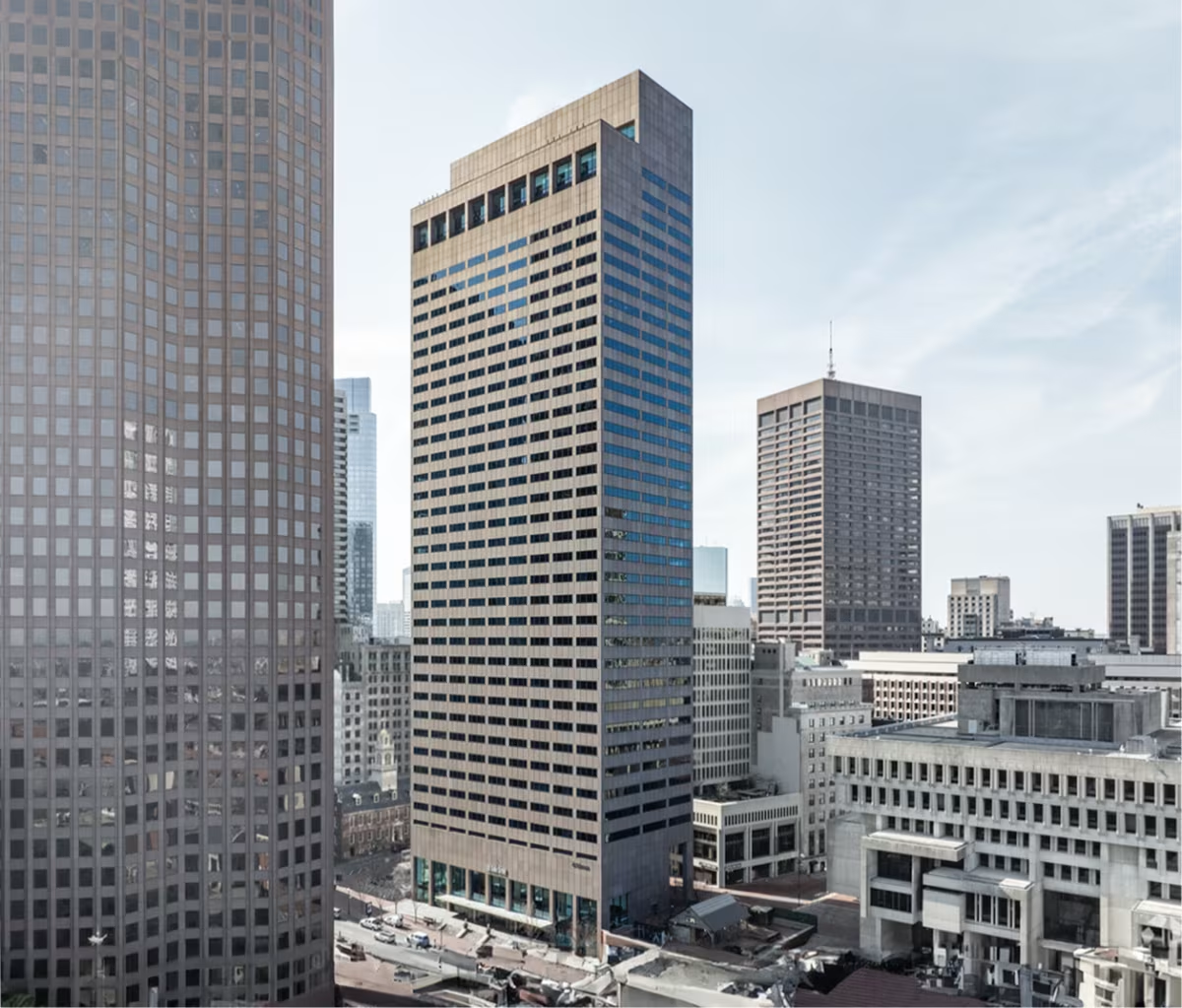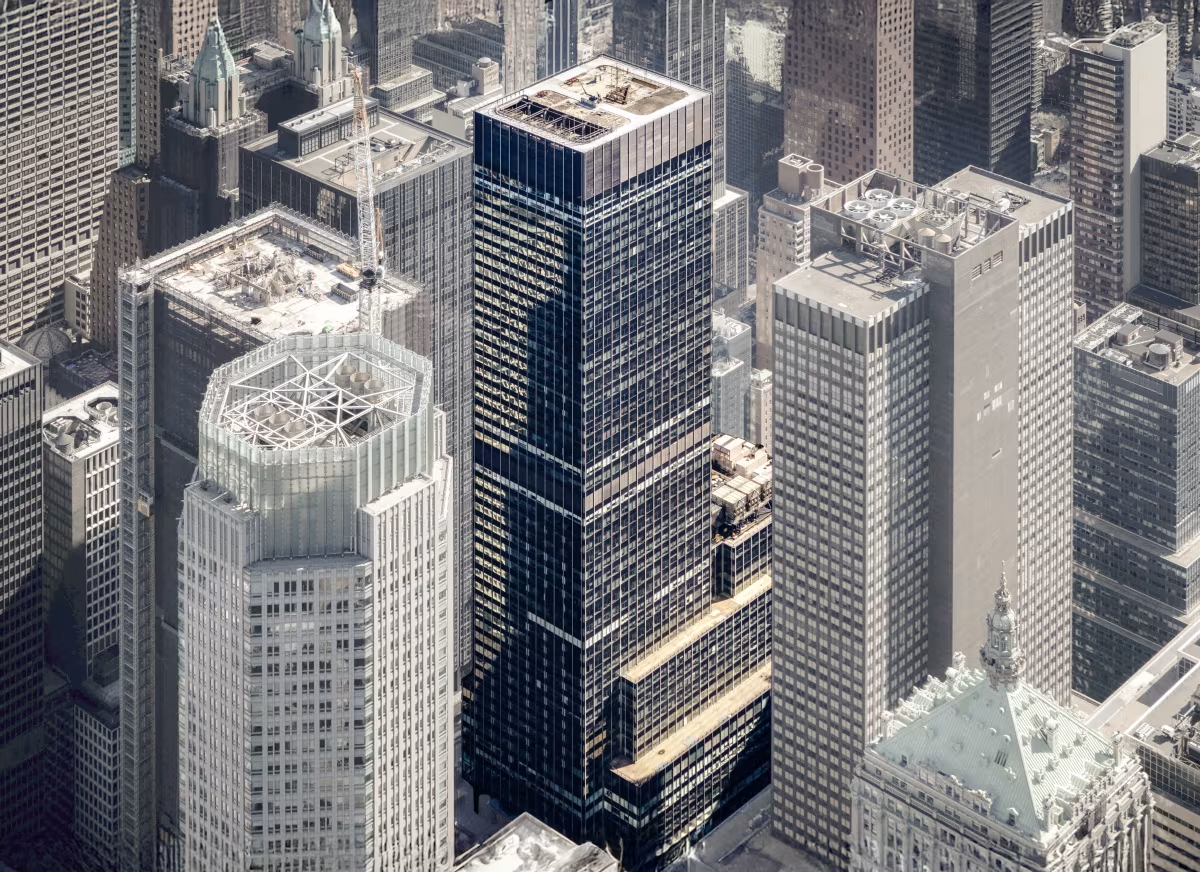28 State Street Building vs 277 Park Avenue Building


Comparing the 28 State Street Building and the 277 Park Avenue Building is compelling because they were both designed by Emery Roth & Sons, yet they stand in different cities (Boston, MA and New York, NY), and were completed more than 6 years apart.
What this will allow us to see, is how the same firm's approach adapted to different places at roughly the same time (6 years isn't that much time when it comes to urban context and architecture).
Height & Size
The 277 Park Avenue Building is clearly the larger tower of the two, both in terms of height and number of floors. It rises to 686ft (209m) with 50 floors above ground, while the 28 State Street Building reaches 499ft (152m) with 40 floors above ground.
277 Park Avenue Building also offers more total built-up area, a total fo 1,767,497 sqf (164,206m2), which is about 1,195,503 sqf (111,066m2) more than what the 28 State Street Building offers.
Of course, each project may have faced different briefs or regulatory constraints, which we don't really know about and could also explain the outcome.
Architectural Style
The 28 State Street Building was designed in the Modern style, while the 277 Park Avenue Building reflects the principles of International Style.
The 28 State Street Building represents a late expression of the Modern, a style already in decline in 1970 when it was completed. By contrast, the 277 Park Avenue Building followed the then mainstream International Style, embodying the dominant architectural direction of its time.
Uses
Both the 28 State Street Building and the 277 Park Avenue Building were designed to serve as commercial towers, and that has remained their main use since their completion, serving similar roles in the urban fabric.
Both towers provide significant parking capacity, with 28 State Street Building offering 120 spaces and the 277 Park Avenue Building offering 40.
Structure & Facade
Both towers share the same structural solution, a Frame system.
A frame structure uses a grid of columns and beams to carry the building's loads. This frees the walls from structural duties, allowing for flexible floor plans and larger windows.
However, when it comes to the facade, both buildings use different approaches. The 28 State Street Building uses a Modular facade, while the 277 Park Avenue Building uses a Curtain Wall facade.
A Modular facade like the one seen in the 28 State Street Building employs prefabricated panels, often mixing solid surfaces with smaller windows, while a curtain-wall facade like the one seen in the 277 Park Avenue Building uses a lightweight glass curtain wall hung from the structure.
| 28 State Street Building | 277 Park Avenue Building | |
|---|---|---|
| Emery Roth & Sons | Architect | Emery Roth & Sons |
| 1968 | Construction Started | 1962 |
| 1970 | Year Completed | 1964 |
| Modern | Architectural Style | International Style |
| Commercial | Current Use | Commercial |
| 40 | Floors Above Ground | 50 |
| 152 m | Height (m) | 209 m |
| 53140 | Built-up Area (m²) | 164206 |
| Frame | Structure Type | Frame |
| Steel | Vertical Structure Material | Steel |
| Reinforced Concrete | Horizontal Structure Material | Concrete And Steel |
| Yes | Facade Structural? | No |
| Granite, Glass | Main Facade Material | Glass, Steel |
| Cabot, Cabot & Forbes | Developer | Stanley Stahl |
| MA | State | NY |
| Boston | City | New York |
| 28 State Street | Address | 277 Park Avenue |